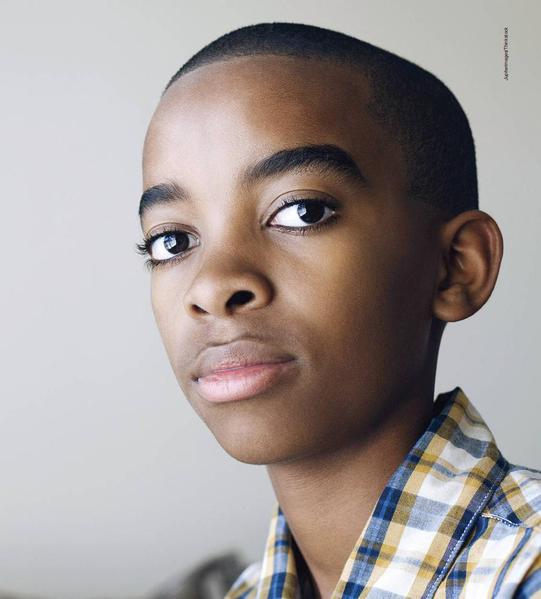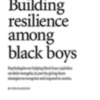Psychologists are helping black boys capitalize on their strengths, in part by giving them strategies to recognize and respond to racism.
The shooting death of Michael Brown in August was the latest in what’s become an all-too-common story. Brown, 18, an unarmed black teenager, was stopped by white police and shot to death in his hometown of Ferguson, Missouri. The tragedy echoes similar confrontations in which the response appeared to far outweigh the initial incident, including the shooting deaths of black teens Trayvon Martin and Jordan Davis in 2012, and in a particularly bleak historical example, the gruesome 1955 murder of 14-year-old Emmett Till, whose alleged crime was flirting with a white woman.
Brown’s death stirred up intense public reaction, including demonstrations, looting and a full-scale national response from African-American leaders and the press.
In particular, the event underscored the uphill battle that black boys in this country face from negative stereotyping, racial profiling and discrimination — a battle that too often results in violence and even death.
“African-American boys have a lot of potential stressors, even relative to African-American girls,” says Virginia Commonwealth University psychology professor Faye Z. Belgrave, PhD, co-author with Josh Brevard of the forthcoming book, “African-American Boys,” a summary of research on this population. “Especially as they get older and move into adolescence, they face racism and discrimination that other racial and ethnic groups simply don’t face to the same extent.”
Now, efforts are under way to turn this negative situation around and to give black boys better chances of success. On the national level, President Obama’s “My Brother’s Keeper” initiative, launched in February, is directly tackling both the bad publicity these boys can receive and the structural, societal and economic realities they face in this country. The program, initially funded by foundations and philanthropists at approximately $200 million, was expanded in July with an additional $104 million in commitments from school districts, foundations, agencies and corporations.
[For more of this story, written by Tori DeAngelis, go to http://www.apamonitor-digital....50#article_id=497238]





Comments (0)